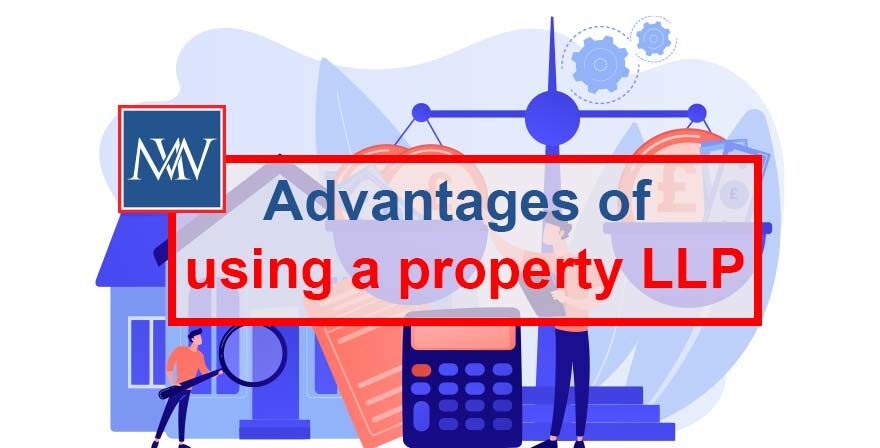
Advantages of using a property LLP
Limited liability partnerships (LLPs) offer a compelling middle ground between sole tradership, partnerships, and limited companies for holding property investments. With the liability protections of a company but the tax transparency of a partnership, LLPs provide the best of both worlds.
The use of a property LLP can be particularly useful in a family situation where the individuals each hold property in their own name, but a different income split would be beneficial from a tax perspective.
Setting up a property LLP
Like a company, a property LLP must be registered at Companies House.
An LLP can hold property in its own right. The LLP can acquire property or the partners can transfer property that they already own into the LLP.
Transferring property into the LLP can be advantageous from a tax perspective. The property is held on trust in the LLP, but the underlying legal ownership is unchanged, meaning there is no SDLT to pay. Where a member transfers property into the LLP, the value of that property at the time of transfer forms the opening balance on their equity account.
Check Also BANK HOLIDAYS IN THE UK, YEAR 2023 & 2024
Flexibility to share profits and losses
One of the key benefits of the LLP is the flexibility to share profits and losses. This provides the potential for a tax-efficient distribution.
The default position is to share profits and losses by the ratios on the members’ capital accounts. However, the ability to pay salaries in a different ratio provides flexibility to tailor the distribution in a tax-efficient manner. Providing or withdrawing capital will also change the default profit-sharing ratio.
| Structure | Flexible Profit Distribution |
|---|---|
| Sole Proprietorship | No |
| Standard Partnership | No |
| Limited Company | No |
| Limited Liability Partnership | Yes |
Limited Legal Risk with Maintained Tax Simplicity
Unlike limited companies, LLPs uniquely pair limited liability with full tax transparency. This greatly reduces administrative work otherwise required for company accounts and corporation tax.
LLP partners enjoy the legal separation of personal assets from potential business lawsuits or debts, encouraging entrepreneurism. Simultaneously, LLP partnership tax returns avoid complex company filings and rules. Partners directly submit profits on individual taxes.
Hence, LLPs grant liability protection without cumbersome corporate tax paperwork. This streamlines compliance while shielding personal wealth.
Tax-Free Movement of Existing Properties Into Joint LLP Ownership
For current property holders, moving assets into a new LLP unlocks major tax savings versus transfers between individuals according to industry analysts.
Namely, transferring properties into the partnership structure dodges stamp duty land tax (SDLT) charges.
As LLP property intake sets capital account balances, no SDLT applies on the equitable joint ownership shift. Legal titles also remain unchanged throughout the tax-free transfer process. This can massively reduce costs when placing high-value properties into LLPs.
Maintaining LLP Profit Focus
To maintain profit focus in LLPs, comply with anti-avoidance regulations. Artificial profit allocations incur penalties and jeopardize tax transparency. Justify profit-sharing ratios based on contributions. Establish a clear strategy rental income and gains. Maintain detailed transaction records for transparency. LLPs offer tax advantages with legitimate commercial intent, but artificial profit routing risks penalties and tax benefits loss.
Tax position
From a tax perspective, an LLP is transparent for tax purposes.
This means that the individual partners are treated as being self-employed and must pay income tax on their share of the profits, and also Class 2 and Class 4 National Insurance contributions where relevant.
Where a property is sold realizing a gain, the individual partners pay capital gains tax on their share of the gain.
Each partner must return their income from the LLP on their tax return. The LLP must file a partnership return.
The LLP must be carried on to make a profit as anti-avoidance rules may apply which have the effect of switching the tax transparency off.
For more information of limited liability partnership , Book a Free Consultation
Need Accountancy Support?
For information on bespoke training, or if you have any other questions for Makesworth Accountant, please fill in your details below




















 148
148